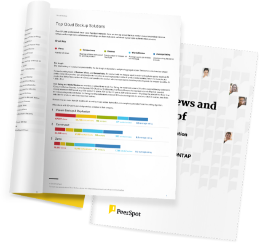There is a lot of technical debt in our company, and we need to update to the latest versions. The lack of automation in upgrading clusters from development to production is a concern. A tool for automatically handling such upgrades would reduce operational huddle. Additionally, it would be beneficial if Aerospike had a community version to encourage broader adoption and experimentation.





